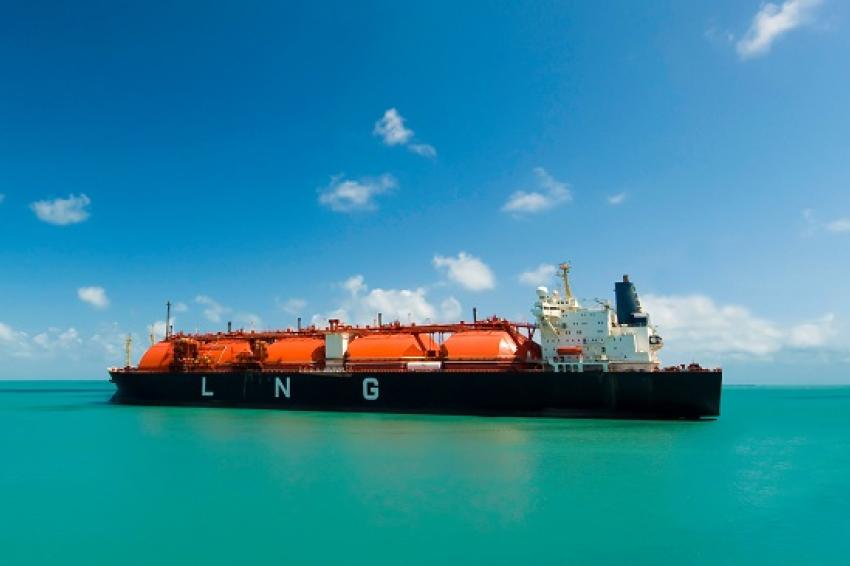Ineos Charters Two LNG Carriers for Shipping US Gas
The new carriers will complement Ineos’ existing fleet of ethane and naphtha vessels, bringing the number to 12, and mark its entry into the LNG carrier market.
The latest deals follow the London-managed group’s 20-year sales and purchase agreement with Sempra signed in late 2022 that calls for 1.4 million t/y of LNG to be shipped to Germany from the US utility company’s Port Arthur project in the US state of Texas. Ineos has also purchased long-term regasification capacity in the German LNG terminal at Brunsbüttel.
Each of the vessels being built at the Okpo Shipyard in South Korea has a capacity of 174,000 cbm. Outfitted with the latest MAN Energy Solutions engines (ME-GA), Air Lubrication technology and Shaft Generators, they have to potential to be “highly efficient,” the olefins and polyolefins giant said.
With the new carriers, Ineos said it will capitalize on its experience as the largest transporter of ethane gas from the US to Europe and Asia and develop a “pipeline” of LNG supply into Europe to service its own demand as well as that of “select third parties. “
According to David Bucknall, CEO of Ineos Energy Trading, the modern, efficient vessels have environmental considerations embedded in the design, which the group believes makes them optimal for reducing carbon emissions and methane slip.
Europe’s liquefied natural gas imports surpassed those coming to the continent via pipelines for the first time last year, according to data from the Energy Institute. The report says the shift signals that the continent is rebuilding its energy infrastructure quickly after breaking ties with Russia following its invasion of Ukraine in February 2022. The reversal is even more meaningful it says, as global gas production remained relatively constant in 2022.
Author: Dede Williams, Freelance Journalist








